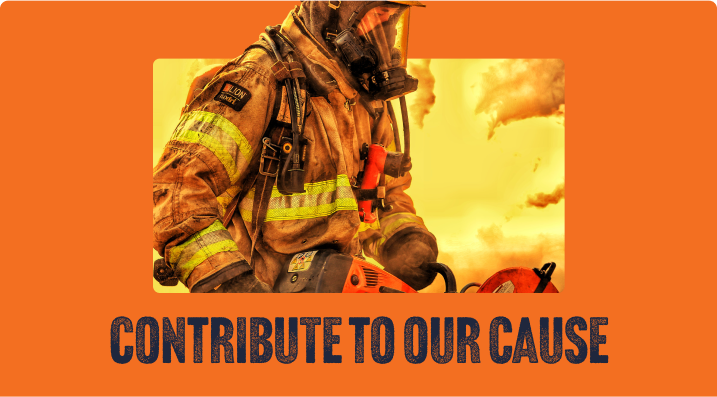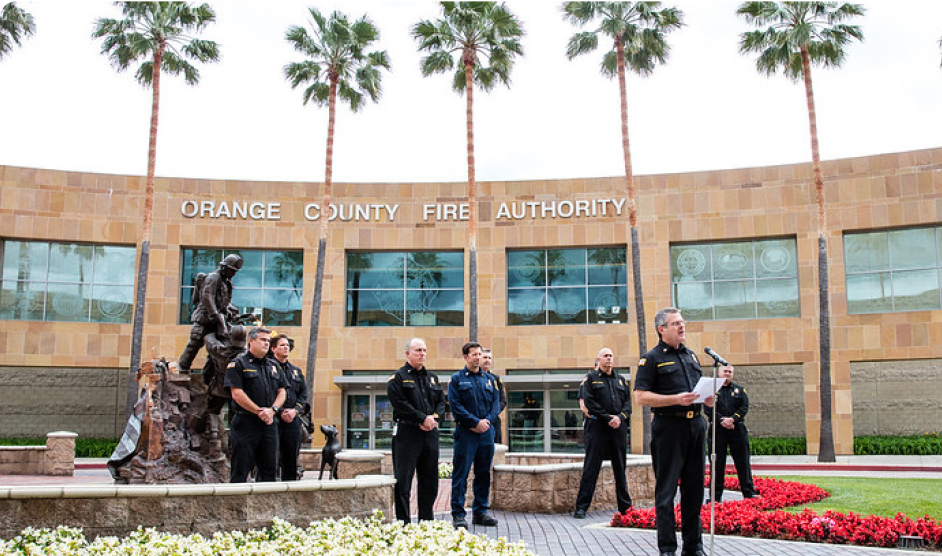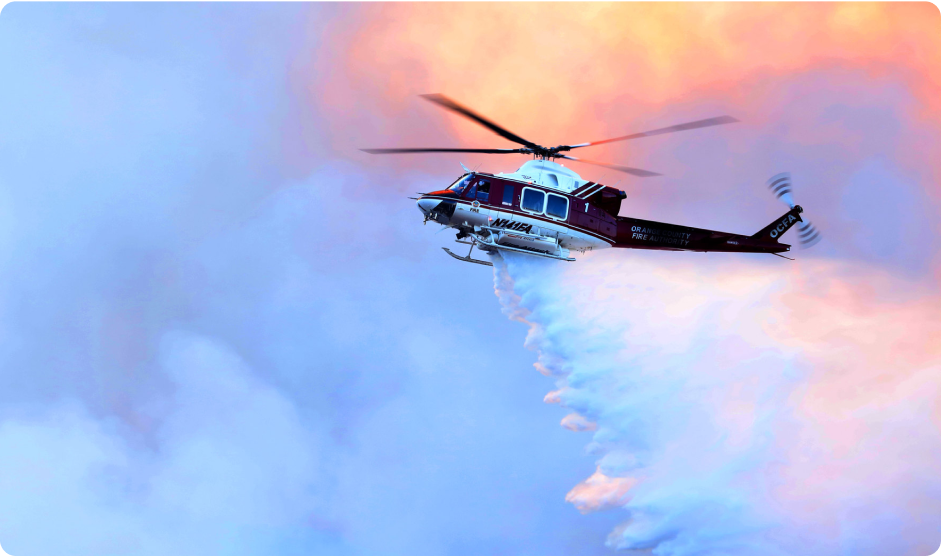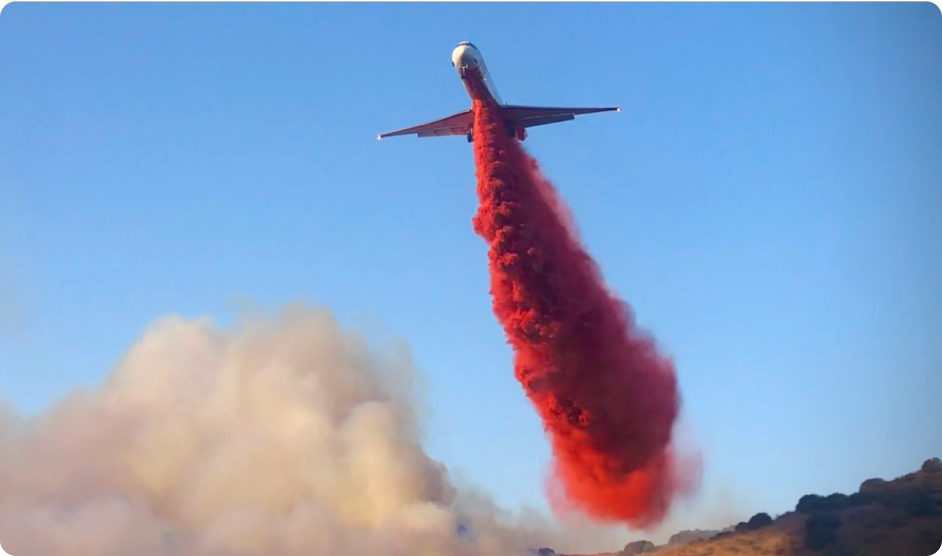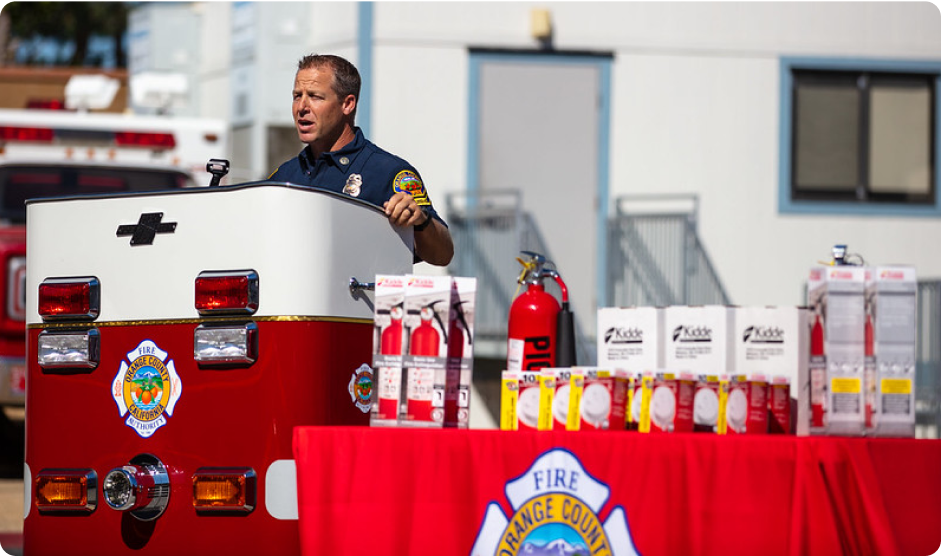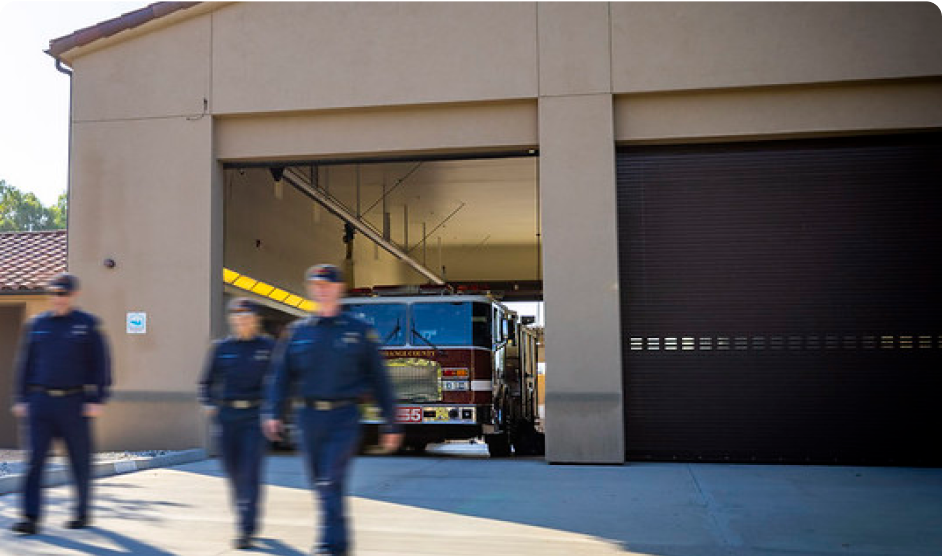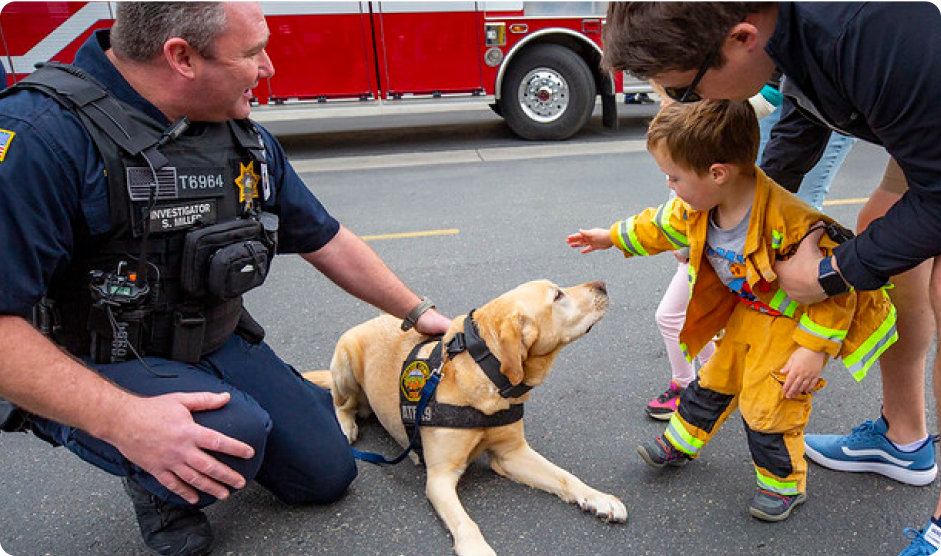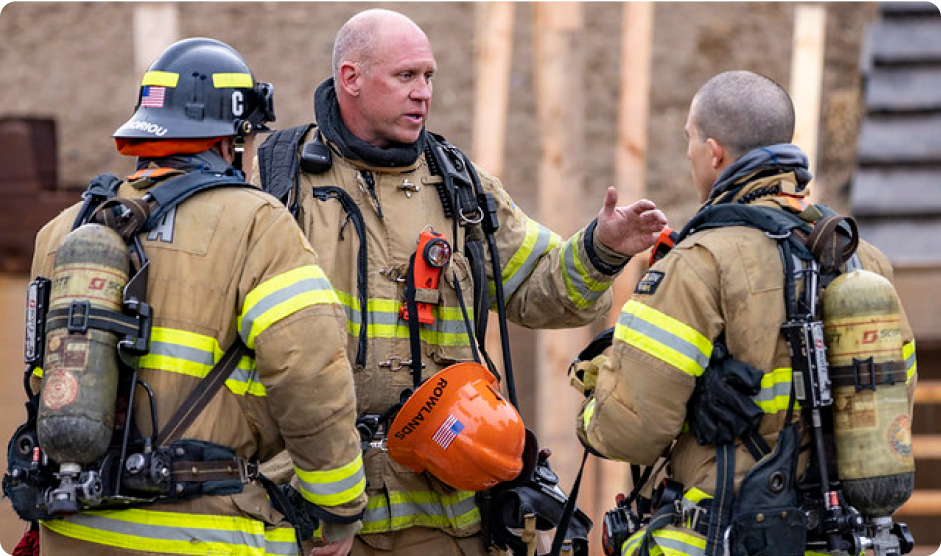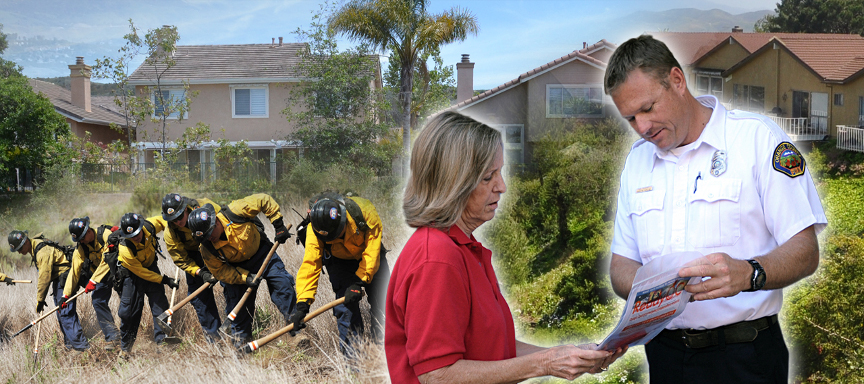
Pre-Fire Management
The destructive impacts of wildfire can be greatly reduced through focused wildfire prevention activities long before a fire starts.
Consequently, through collaborative partnerships with the communities we serve, OCFA’s Pre-Fire Management section focuses on:
- Ensuring that defensible space is maintained
- Encouraging the planting and maintaining of drought tolerant and fire resistive landscaping
- Creates and maintains fuel breaks and fire access roads
- Effectively manages Orange County’s State Responsibility Areas and open space lands
General Information
For questions regarding:
For additional information, please visit Ready, Set, Go!
Schedule a "Free Home Assessment"
An OCFA Fire Prevention Specialist will suggest landscaping tips and exterior construction features to make your home more wildfire resistant.
- Online Form
- Phone: (714) 573-6774
Wildland Fire Danger Rating
For danger rating, please visit OCFA’s
Resources
For important wildfire preparedness and safety information, please visit OCFA’s Ready, Set, Go! page
Fire Hazard Severity Zone Maps
Other Helpful Links
Wildfire Preparedness
Information about the role of the American Red Cross in keeping Orange County safe and prepared for disaster.
Resources to learn more about preparing yourself and your home for wildfire.
Fire information for researchers, home owners, and community leaders.
Learn the basics of wildfire behavior and how improvements to your vegetation and home structure can increase your chances of survival.
Fire Safe Councils
California’s home page for learning more about the role of Fire Safe Councils in promoting wildfire readiness.
Local webpage featuring information about the Fire Safe Council serving the Tustin Foothills area.

